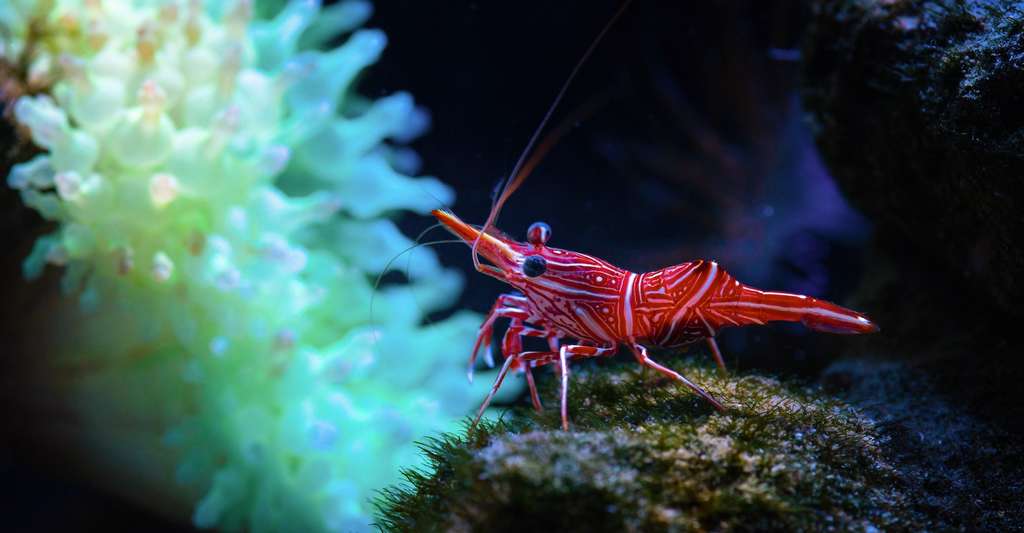About 250 million years ago, Earth experienced its worst mass extinctions of its history. Almost all species marines then disappeared. As well as three quarters of terrestrial species. Life took millions of years to recover. Starting with a few small burrowing beasts from the bottom of the oceans, researchers from an international team tell us today.
The information was hiding in the seabed from southern China. At the heart of fossil traces betraying 7 million years crucial to our history. For soft-bodied animals, invertebrates, tracks and burrows. On no less than 400 pointssampling. A remarkable data set.
The Incredible Resilience of Sea Worms and Shrimp
Analyzes conducted by the researchers show that it took around 3 million years for the hardiest invertebrates to recover from this mass extinction event. And find their past population. Deposit feeders — this is the name given to species that feed on the matter organism that settles at the bottom of the water — such as shrimp or worms, were thus the first to recover. Suspension feeders — which feed on substances in suspension — had a harder time.
The researchers also suspect that the success of the former has put the latter in difficulty. Shrimps and worms would have stirred the seabed so much that their suspension-eating cousins struggled to regain their balance in this muddy water.
But the researchers also imagine that invertebrates, thanks to their resilience in the face of high CO contents2 — like those then known to our Planet –, may have played an important role in the re-establishment of theecosystem after other great extinctions. Perhaps by triggering the evolutionary innovations that have appeared in the aftermath.
Interested in what you just read?

